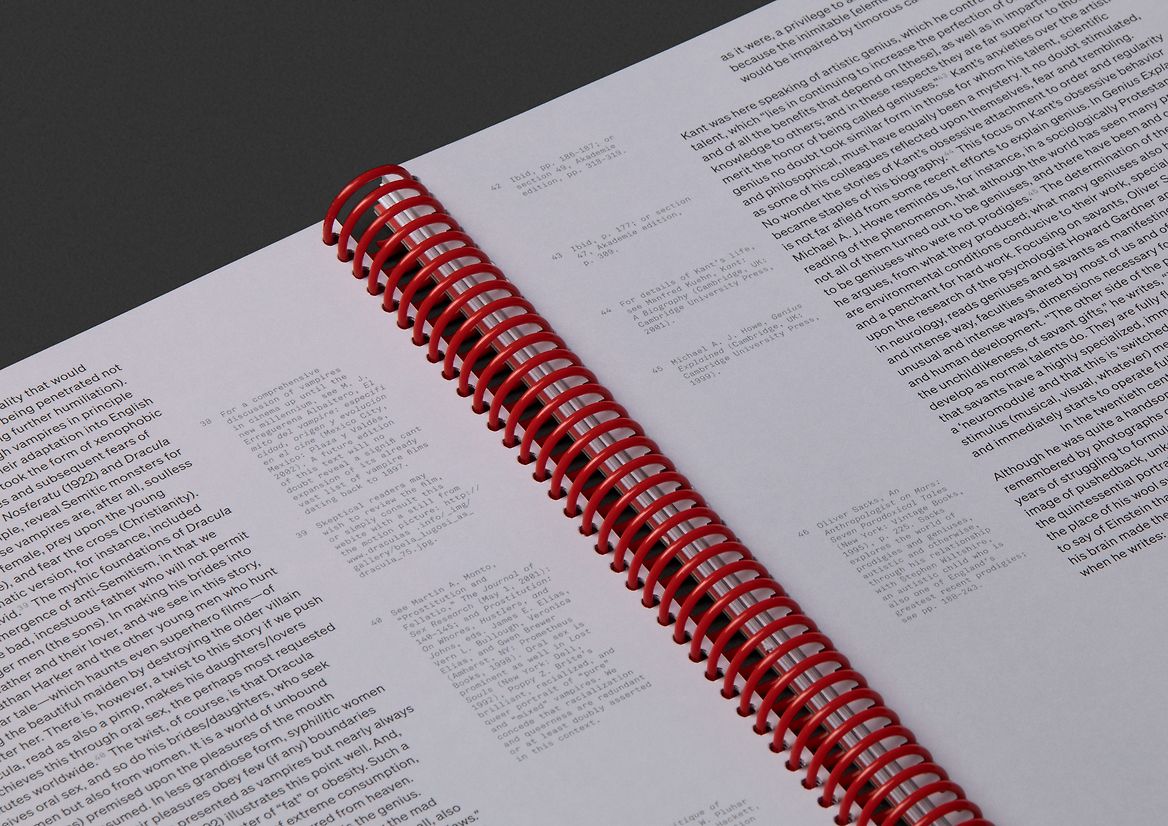Graphic
Extended Whānau 63 Whetūrangitia/Made As Stars
-
Pou Auaha / Creative Director
Tyrone Ohia
-
Ngā Kaimahi / Team Members
Eva Charlton, Max Quinn-Tapara, Viv Teo, Kaye Reihana, Charles Dolbel, Toaki Okano, Jamie Bichan -
Kaitautoko / Contributor
Karl Chitham -
Client
The Dowse Art Museum










Description:
Whetūrangitia/Made As Stars was a major survey exhibition at The Dowse Art Museum in Lower Hutt. The exhibition features work by artists from Aotearoa, Nepal, Canada, Hawai’i, Sāmoa, Tonga and Laos. With a particular focus on Indigenous Futurism, the show explores the real-time lived relationships contemporary Indigenous artists have with their gods.
Alongside the visual identity and artwork we created for the show, we were also tasked with designing the exhibition publication.
All indigenous cultures have connections to the stars, and creation narratives that link us to the wider universe. The title of the show and book speaks to these themes of origins and cosmology.
Our approach was to create a physical sculpture that spoke to these themes, and that could be photographed to create hero imagery for the publication and identity.
We look to the stars to better understand who we are and where we come from. The sculpture we created echoes a cluster of galaxies spinning into existence, while also resembling a human face. The four circular galaxy forms reference interlocking takarangi spirals. For Māori, the takarangi is a visual representation of our creation narrative and speak to our cosmological origins.
In line with indigenous futurist thinking, the sculpture itself is made from an unorthodox material – balloons. For us, this material speaks to hā, the breath of life. A force that gives us the ability to live and exist in this world.
The final artwork aims to deceive the eye, both materially and figuratively. The black balloons look more like a foreign otherworldly material. Elements of Māori culture, mix with human and galactic forms to give multiple reads. Red gel lighting speaks to the blood that flows through us all and marks our mortality.
In the publication, these elements come to life through the spiral binding, and bold red ink. The hero photographs are used as a striking book cover and as section dividers throughout. The metallic silver ink speaks to the stars and cosmology, balancing out the colourful artwork plates.
Featuring exhibition images and nine essays, the book draws on a wealth of indigenous content and deep ancestral knowledge, allowing readers to connect to past, present and future and imagine new realities.